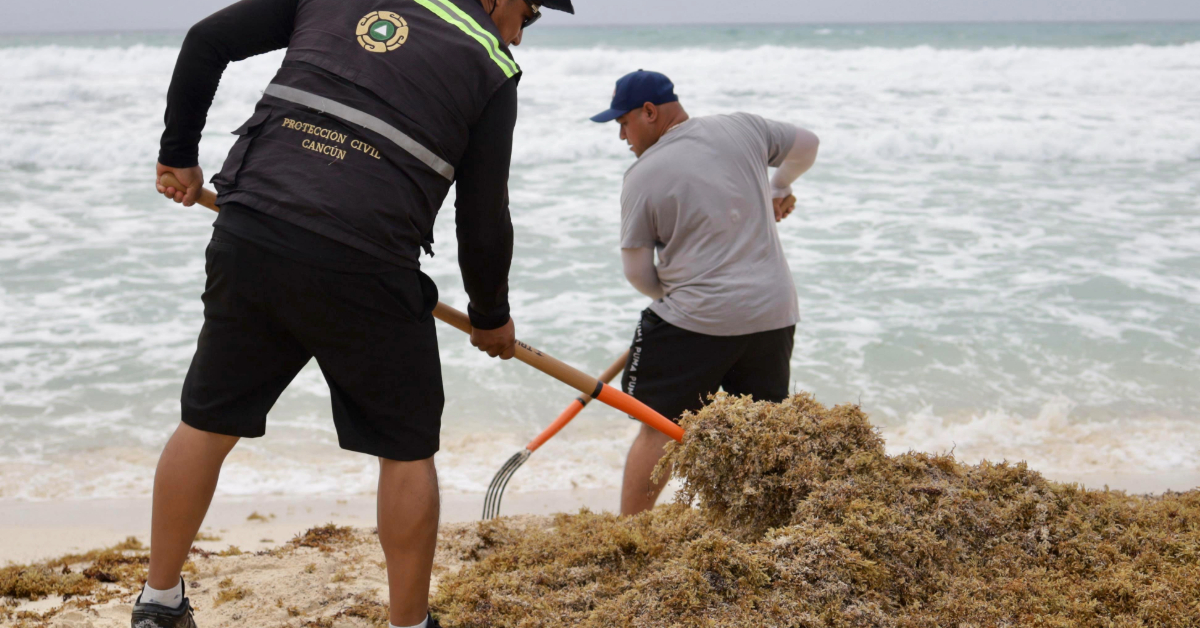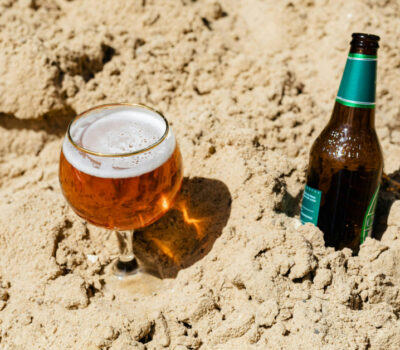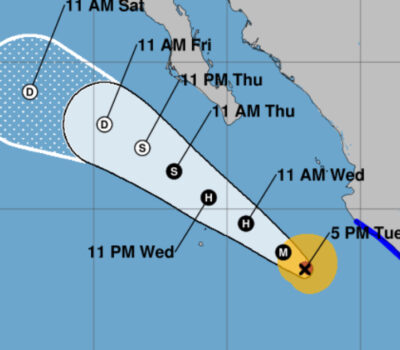USF and NASA warn that July sargassum arrival Caribbean will peak on Mexican Caribbean beaches, driven by currents through the Yucatán Channel.
Cancun, Q. Roo – June signaled the start of a dramatic shift in sargassum blooms across the tropical Atlantic, but scientists say July may prove far more challenging for coastal communities . According to the latest bulletin from the Sargassum Observatory—co-run by the University of South Florida and NASA—the overall mass of floating macroalgae, though beginning to wane in some open-ocean regions, remains elevated compared to most recent seasons.
Satellite data show record‐high coverage across the Gulf of Mexico, western Caribbean and eastern Caribbean basins. Even as production slows in the eastern Atlantic, currents continue to funnel existing mats toward vulnerable shorelines .
“More sargassum is expected to be transported to the Gulf of Mexico through the Yucatán Channel,” the report states, raising the odds of heavy strandings on Mexican Caribbean beaches. Local hot spots may include areas from Quintana Roo down through the Riviera Maya, where small accumulations have already been noted over the past few weeks.
Regional authorities are on high alert. Tourist municipalities that rely on pristine beaches are preparing cleanup crews and equipment in advance of anticipated landings. In Florida, officials in Miami-Dade and Broward counties have already staged response teams to monitor coastal buildup and protect sensitive wetlands .
Academic experts stress that while forecasts outline broad patterns, local wind direction, wave action and nearshore currents will ultimately determine where the densest patches wash ashore. “Timing and distribution depend heavily on local conditions,” said Dr. Elena Martínez, an oceanographer unaffiliated with the observatory. “A beach that sees heavy influx one day may be clear the next if winds shift offshore.”
On many Caribbean islands—including Jamaica, Barbados and the Lesser Antilles—residents and resort operators have reported moderate to heavy sargassum strandings since early June. Environmental groups warn that prolonged mats can smother seagrass beds, harm marine life and create unsightly odors when decomposing .
For now, the observatory’s bulletin advises coastal managers to ramp up monitoring efforts, coordinate regional cleanup strategies and communicate clear timelines to local businesses and tourists. Despite the uncertainty over exact landfall locations, preparation remains the best defense against the ecological and economic impacts of this year’s sargassum surge.
As July unfolds, beachgoers and managers alike will be watching satellite imagery and local forecasts closely. The coming weeks will reveal whether cleanup plans can stay one step ahead of the drifting mats or if communities must brace for another season of widespread sargassum arrival on Caribbean shores.
USF and NASA warn that July sargassum arrival Caribbean will peak on Mexican Caribbean beaches, driven by currents through the Yucatán . . .












